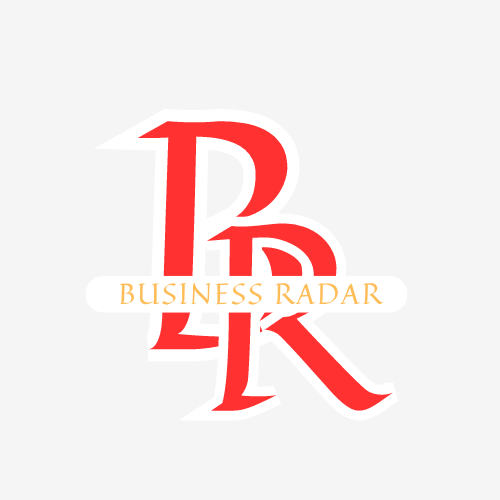In its most recent meeting, the Monetary Policy Committee (MPC) of the Central Bank of Kenya (CBK) convened on February 5, 2025, to review the country’s economic situation and make decisions aimed at anchoring inflationary expectations and maintaining exchange rate stability. The committee discussed the global economic recovery, the inflationary landscape, and the performance of key economic indicators in Kenya.
Global Economic Outlook
The global growth forecast for 2025 has improved slightly, projected at 3.3%, compared to 3.2% in 2024, mainly due to stronger performances in the United States, India, and the United Kingdom. However, significant risks remain, particularly from:
- Trade policy uncertainty and the escalation of geopolitical tensions, such as the ongoing Russia-Ukraine conflict and Middle East instability.
- The moderation of global headline inflation, but persistent core inflation remains a challenge in major economies.
Kenya’s Inflation Trends
- Kenya’s overall inflation stood at 3.3% in January 2025, showing a slight increase from 3.0% in December 2024. However, it remains within the target range of 5±2.5%.
- Core inflation, which excludes volatile items, declined to 2.0% in January, largely due to lower prices of processed food (sugar, maize, and wheat).
- Non-core inflation saw a notable increase to 7.1%, driven mainly by higher food prices, particularly vegetables.
Economic Growth Forecast
- Kenya’s GDP growth slowed in 2024, with a 4.0% increase in the third quarter compared to 6.0% in 2023.
- For 2025, the GDP growth forecast is 5.4%, fueled by strong performance in key sectors such as agriculture and services, coupled with expected improvements in private sector credit and exports.
Current Account and Foreign Exchange
- Kenya’s current account deficit was estimated at 3.7% of GDP in 2024, showing a slight improvement from 4.0% in 2023. This was due to increased goods exports, especially agricultural commodities, and a significant rise in diaspora remittances and tourist arrivals.
- CBK foreign exchange reserves stood at USD 9.1 billion, equivalent to 4.63 months of import cover, providing a strong buffer against short-term shocks.
Monetary Policy Adjustments
In light of the slowing economic growth, the MPC decided to:
- Lower the Central Bank Rate (CBR) by 50 basis points to 10.75%, down from 11.25%.
- Reduce the Cash Reserve Ratio (CRR) by 100 basis points to 3.25%, from 4.25%, to release additional liquidity to the banking sector.
- These measures are expected to lower lending rates, making credit more accessible and stimulating economic activity.
Banking Sector and Credit Growth
- Despite the lower CBR, commercial bank lending to the private sector contracted by 1.4% in December 2024. The contraction was attributed to exchange rate valuation effects and foreign currency denominated loans.
- The MPC emphasized the need for banks to pass on the benefits of lower costs of funds to borrowers. In this regard, the CBK is conducting inspections to ensure compliance with the Risk-Based Credit Pricing Model (RBCPM), and penalties will be imposed on banks that do not lower their lending rates accordingly.
Key Policy Decisions
- The MPC remains committed to monitoring the economic environment and stands ready to adjust its policies if necessary.
- The next MPC meeting is scheduled for April 2025, where further actions may be considered based on economic developments.
The Central Bank of Kenya’s monetary policy adjustments are geared towards supporting economic growth while maintaining price stability and exchange rate stability. With the global outlook improving and domestic inflation pressures remaining contained, Kenya is poised for a stronger economic performance in 2025.





